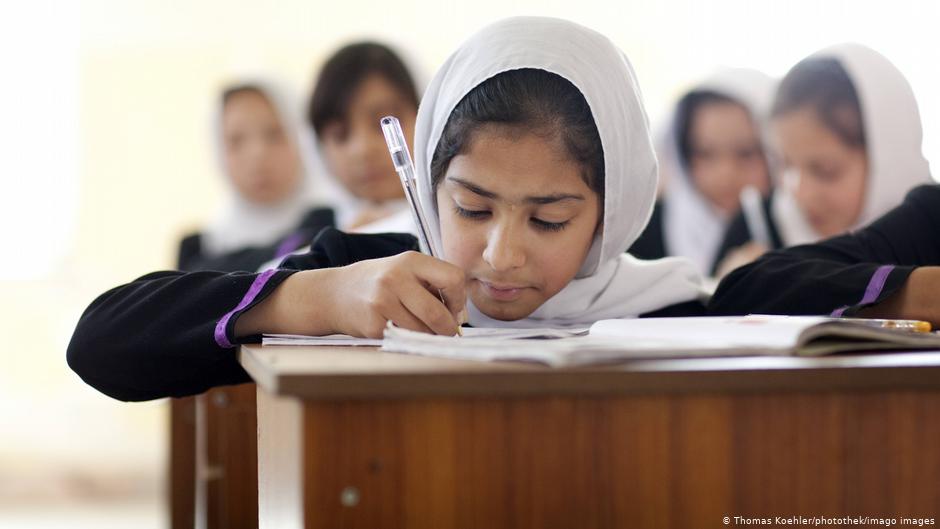The energy on stage at al-Genina theatre in Al-Azhar park last Thursday night was in attack mode for the opening night of a three-day Urban Culture Gathering. Dancers break danced, hip hop artists performed and people cheered, their shoulders moving, feet tapping to the rhythm, everyone feeling free to dance, if not on their feet then in their hearts.
The Third Mediterranean Urban Culture Gathering was organized by al-Mawreed al-Thaqafi in collaboration with the Spanish Embassy in Cairo, Townhouse Gallery and the National Fund For Cultural Development.
Each of the festival’s three events shed a new light on urban culture via different methods. The first night’s performance was choreographed by Spanish performer Dani Pannullo, and featured a group of Egyptian and Spanish hip hop artists, parkour performers and b-boys (male break-dancers). The second night featured a “nonstop graffiti” drawing show at Townhouse Gallery, and on the third night there was a movie screening about urban culture directed by Pannullo.
Thursday’s promise of a night of hip hop entertainment was certainly fulfilled. Listening to the song lyrics, which focussed mostly on social stigmas and cultural struggles, one might be reminded of their own challenges, but watching the skilled break dancers helped erase any sorrow.
The show at al-Genina lasted for an hour and a half, and combined Egyptian and Spanish artists who performed a variety of activities, hip hop and rap, break dancing and parkour. If at first it seemed that these cultures wouldn’t work well together, the final result proved that hip hop is universal.
The show started with a parkour performance by a group called Parkour Egypt. The first moments of the performance were confusing, as the dancers were nowhere to be seen. But soon they appeared, jumping from wall to wall before landing on their feet on the stage and performing an elaborate routine. Parkour (or the art of the movement) is the ability to overcome any obstacle with movement, ie jumping and climbing walls. The art, originally French, requires great physical discipline and training.
Spanish singer Ariana Pullo contributed a couple of songs in Spanish. Although most of the people in the audience could not understand her lyrics, they nevertheless reacted strongly to her performance. Her songs discussed her upbringing in Barcelona, her dark skin color and her life in general.
“I believe that hip hop is the same all across the world,” said the singer, who always sings in Spanish. “I believe that there was no problem connecting between the Egyptian culture and the Spanish one. Hip hop is the same art all across the world.”
Pullo’s favorite song is about the way people see her as a black woman, how people point at her and call her “black” or “African.”
Later, two Egyptian hip hop bands shared the stage to perform some of their original material. Arabian Knightz and Asfalt, both of them based in Cairo, performed a number of songs from previous albums.
Arabian Knightz, who opted to sing some of their lyrics in English, sampled an old Abdul-Haleem Hafez track in their opening song. It was extremely well-received. The band, whose forthcoming album has many guests, including Egyptian singer Hisham Abbas, believe that they are more influenced by Arabic culture than American, despite the American genre they use. “Rap is originally poetry, and we as Arabs are known for our poetry through the world,” says Karim Rush, a band member. “We hope to introduce the Arab world to rap through our debut album.”
Explaining the use of Hafez, Karim said, “We needed to pay respect to the famous people who built the music scene in Egypt.”
The Asfalt band performed three songs from their debut album, which is currently still in production. The duo, Mohamed Gad and Ibrahim Farouq, brought witty lyrics and were extremely well-prepared, engaging the viewers.
“We try to write songs that talk about the evolving culture around us,” said Farouq. “We see it as our message to talk about the things we see around us and the events that happen all the time. That’s where our name Asfalt (The Street Asphalt) comes from.”
The show continued with great dancing performances by the Spanish Supremos Crew and EGY Crew Dancers, but the highlight was a popping dance solo by Egyptian artist Mohamed Almany.
The performance, accompanied by a Spanish song, narrated the events in the day of a single person. The dancer, with his extremely cheerful expressions and talented moves, managed to translate the song from Spanish via dance.
“Dani translated some of the words of the song to me,” said Almany. “That helped me understand the song and deliver the performance better.”
Popping is “the art of transforming the music into a visual movement,” according to Almany, who is a master of it.
Finally, a free-styling session between the dancers lead to a rap battle between the singers, joined on stage by two Tanoura (Egyptian traditional Sufi dance) dancers, which ended the show with a blast.
On Friday night, Townhouse Gallery hosted a presentation of live graffiti called “Non-stop Painting,” performed by Spanish graffiti artist ZETA and Egyptian artist Sameh Ismael. Spanish b-boy performers were also part of the program.
While the drawings were beautiful and the dancing was fun, that night could not compare to the previous night. If graffiti is an impulsive art, planned graffiti, despite the talent of the artists, misses an important element, the element of freedom.




